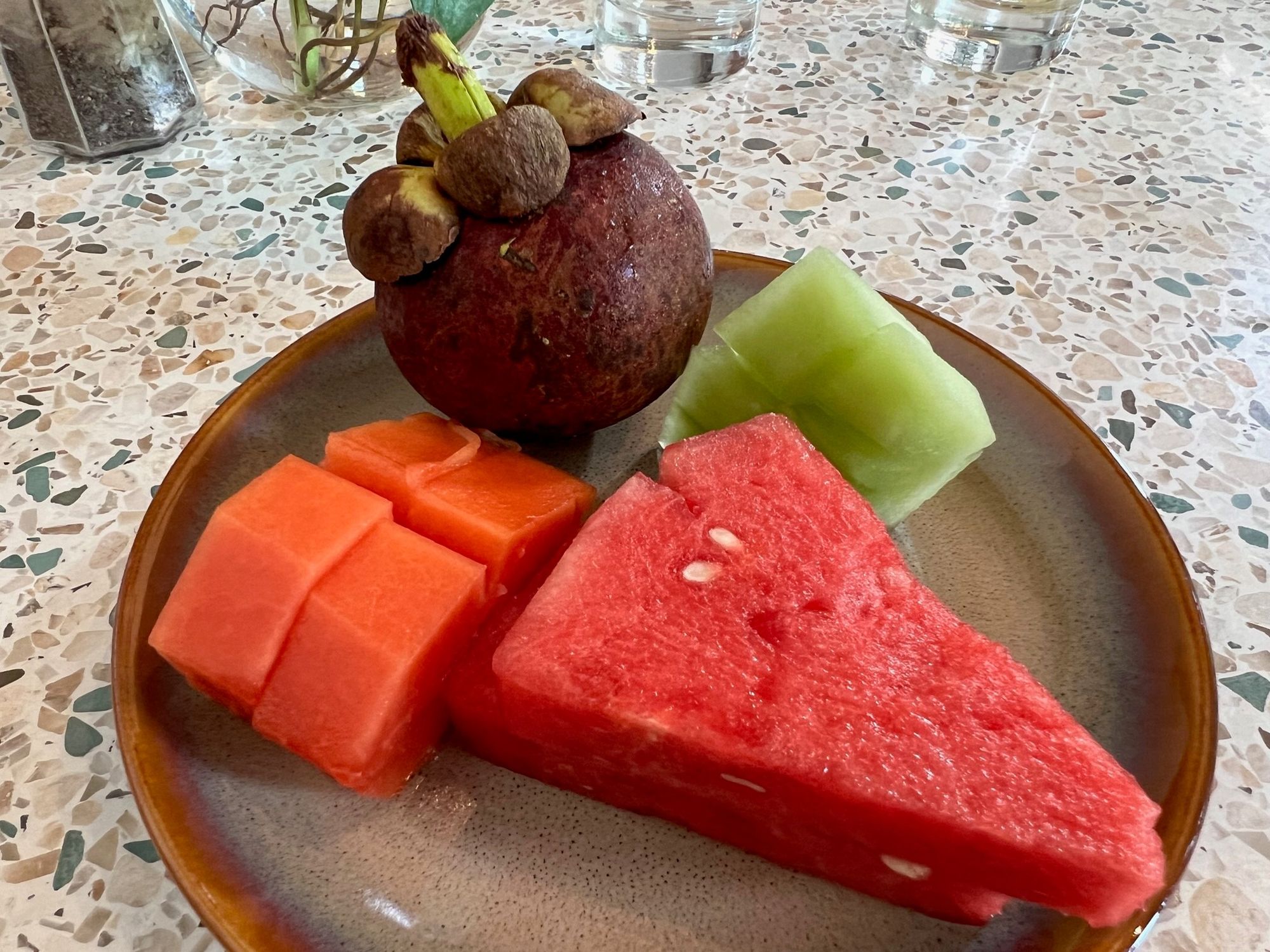This is a more detailed comment to an ongoing controversy in Norwegian media about a report published by Sintef of research on the biodiversity and carbon footprint of Norwegian consumption. A short version of this comment has been published by Aftenposten.
Vegar Johansen and SINTEF use NTNU’s Industrial Ecology Programme as a cover when they defend themselves against criticism from Øystein Sjølie of a SINTEF report. The report, commissioned by the Norwegian Society for Nature Conservation, allegedly shows that pressures on global biodiversity caused by Norwegian consumption have tripled since 1995.
It is true that much of the SINTEF report summarises research articles in international journals, including articles from industrial ecology at NTNU. However, Sjølie criticises an analysis of Norway's contribution to nature loss that is not elucidated in the underlying reports.
Third-party data should be used with care
The articles referred to examine global conditions, and where Norway is a small piece of the global economy. They relied on the EXIObase database which describes the world's economy and resource use with many millions of data points. Our research group has collated the data from different sources and used balancing calculations to produce as consistent a picture of the whole as possible. We cannot take responsibility forquality one of some datapoints. Data on agriculture, which the UN Food and Agriculture Organization has collected from member states, has some gaps and input errors. The data should therefore be used with care.

Loss of nature varies with place of production
Sjølie argues that it must be wrong that Norway's contribution to nature loss has increased, while the EU’s contribution has decreased. However, this is not a reasonable comparison because Norway import half of the foodstuffs, while the EU is largely self-sufficient with the exception of animal feed and fruit imports from southern countries.
Biodiversity loss from agricultural production varies depending on location and cultivation method. It is precisely the point of the impact assessment methods co-developed at NTNU to take such regional variations into account. There is generally more loss in biodiversity from agriculture in tropical countries because biodiversity there is greater to start out with. Coffee production, for example, leads to high nature loss.
Depending on a year's harvest and adjustment in import rules, countries of origin of Norway’s imports can shift from year to year and produce large variations in nature loss. Given Norway's import dependence, it is quite possible that both nature loss and its development are different from those of the EU.
Biodiversity footprints are knowable, but research on Norway is lacking
On behalf of the Swedish Environment Agency, NTNU has worked with the Swedish Central Bureau of Statistics to compile and quality assure an environmental account for Sweden's consumption. We haven't done anything similar for Norway, and neither has Sintef, to our knowledge. However, we know that the balancing calculations affect small countries’ numbers more, since the calculations minimizes the aggregate error.
In the starting year of the database, 1995, there are larger gaps in the UN's agricultural data than later. Data from 2020 onward is not based on statistics, but on economic projections from the IMF. Thus, it should not be regarded as empirical, and it is not correct to compare 1995 with 2020 or later. The alarming message posted by the Norwegian Society for Nature Conservation has inadequate scientific support.
I believe that Sjølie's critique is appropriate, even if he is mistaken in several points. He is correct in saying that SINTEF presents the data and calculation results as conclusions without providing the necessary scientific assessment or interpretation. Research used in public debate must withstand that kind of critical review.

I am professor of industrial ecology at the Norwegian University of Science and Technology.
July 12, 2023